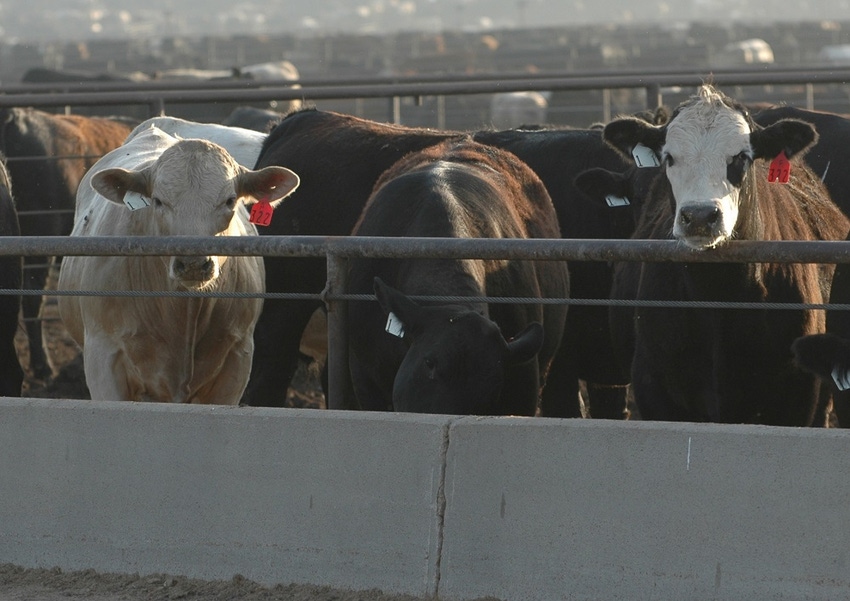September 12, 2017

By Lee Schulz
USDA’s Agricultural Marketing Service (AMS) has launched the new National Weekly Fed Cattle Comprehensive Report. This report highlights price differences between specific types of transactions, including dressed and live sales and alternative marketing methods and could help producers do a better job with fed cattle pricing.
No "best" pricing method exists for all producers, but understanding how live weight, dressed weight, negotiated and formula prices are related can help producers decide which form of fed cattle pricing may be most profitable for them. For the last full week in August, negotiated transactions represented 20.76% of the national market, 63.98% formula net, 11.57% forward net, and 3.69% grid net.
The report also shows week-to-week and year-over-year differences (spreads) between beef type and dairy-bred cattle. With fed cattle supplies rising, packers have less interest in dairy beef. The result, as the report shows, is a widening discount on dairy animals.
This new report should pair nicely with the customary National Weekly Direct Slaughter Cattle – Premiums and Discounts report (LM_CT155) which provides the range across packers, the simple average, and weekly change in premiums and discounts that were paid for various quality, yield, and weight characteristics. Differences among various prices, such as negotiated versus formula net or formula base versus formula net, can be partially explained by considering these premiums and discounts. For instance, for the week of Aug. 28, 2017, packers paid an average of $14.11 per hundredweight more for cattle grading prime than they paid for choice-grading cattle.
The new comprehensive report provides the percentage of formula net, contract net, and grid net beef type carcasses grading USDA Choice or higher and the carcass weight of all grades. Seasonally, cattle weights drift lower in May and June and are highest in October and November. Week-to-week changes can show turning points in the seasonal slaughter pattern and can signal if cattle are being pulled forward or if feedlots are falling behind in marketings.
The daily head count of formula-based purchases for the week, the composition of cattle sales (negotiated net, formula net, forward net, grid net) over the last 52-week period, and the weekly negotiated head by delivery period (1 to 14 days, 15 to 30 days) over the last 52-week period also are provided in the new report.
AMS issued its first revised National Weekly Direct Slaughter Cattle - Prior Week Slaughter and Contract Purchases report (LM_CT153) on July 31. Specifically, reporting of Section D: Basis Distribution has been revised.
USDA reports: “The negotiated cattle delivering beyond 30 days will no longer be represented as forward contracts with a 0.00 basis level, but instead will be identified with a blank basis level.”
While negotiated cattle delivering beyond 30 days is a relatively small share of the overall trade, this change provides a more accurate number of cattle forward contracted at a 0.00 basis level for a particular delivery month and basis month. Knowing the basis distribution can help feedlots as they evaluate new offers from packers.
Schulz is ISU Extension livestock economist.
You May Also Like




